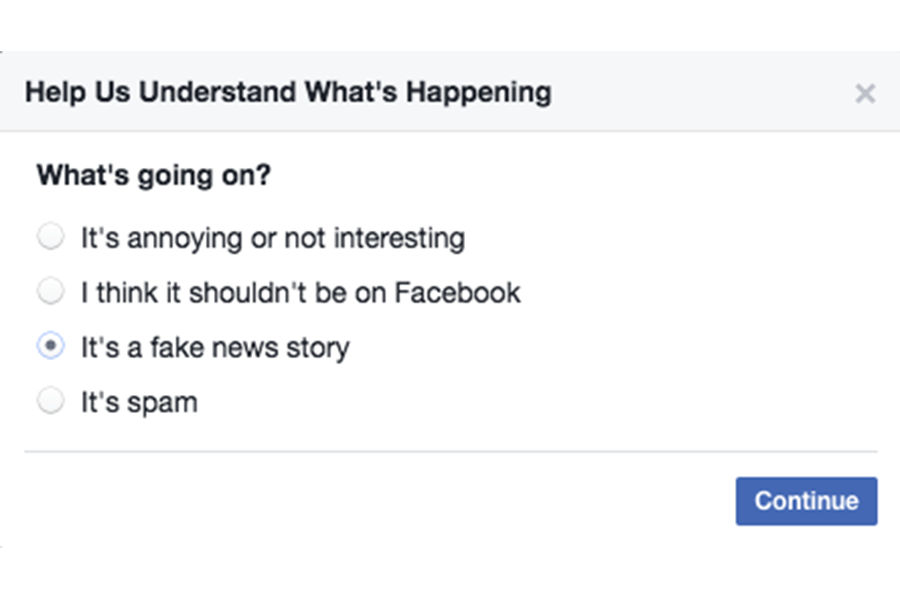Facebook’s fake news tag is here. Who is charged with flagging hoaxes?
Facebook unveiled its highly anticipated “disputed news” tag Friday, allowing some users to flag stories that appear to contain false information, alerting readers and potentially making them less likely to click through to the content.
Concerns about fake news and its unfettered spread across social media platforms began to dog Facebook after the 2016 election. While the site’s chief executive Mark Zuckerberg first brushed off claims that a lack of editorial oversight at the company contributed to the spread of false information and subsequently President Trump’s victory, he has since taken greater responsibility for the platform’s role in informing voters.
In December, the company announced it would unveil a fact-checking feature that allows users to dispute material they believe is false. Company executives said they planned to focus on the most obvious, intentionally fake reports, attempting to find a balance between preserving free speech and fighting propaganda.
"We believe in giving people a voice and that we cannot become arbiters of truth ourselves, so we're approaching this problem carefully," Adam Mosseri, the vice president of Facebook News Feed, wrote in a blog post at the time. "We've focused our efforts on the worst of the worst, on the clear hoaxes spread by spammers for their own gain, and on engaging both our community and third party organizations."
The system relies on users who qualify as fact-checkers after signing onto a list of principles codified by the journalism nonprofit Poytner. These users can flag single stories, rather than entire sources, as fraudulent. Links to vetted debunkers, such as Politifact and Snopes, that analyze claims and arrive at conclusions regarding their validity then appear beneath the post. So users can still see and access flagged stories shared by their friends, but they will get a warning before clicking through.
Initial criticism of fake news reports suggested that those on the far-right were driving biased, inaccurate coverage. But a recent surge in similarly alarmist headlines and fake stories stemming from left-wing hoaxers has further muddied the waters.
According to Gizmodo, two stories flagged as “disputed” by the social media site Friday seemed to follow a pattern: Both made critical statements about the Trump administration and came from sources that had previously admitted to publishing fake stories.
“Of course, when you feel disempowered, you want to strike back with everything you got, and you feel like the whole world is against you,” Brooke Binkowski, managing editor of Snopes, a fact-checking website that has debunked many of the false stories circulating around the internet, told The Christian Science Monitor in February.
It’s unclear how many fake stories the system will be able to identify, or how many others will trust it. As Mr. Trump continues to rally against the media, declaring reports from reputable outlets such as The New York Times or CNN "fake news," some of his supporters are following suit.
The alarming trend reflects the divisive political climate, which likely won’t be fixed simply by placing an asterisk on some coverage.
“The problem is that we are too credulous of news that reinforces our predispositions and too critical of sites that contradict them,” Brendan Nyhan, a political scientist at Dartmouth College in Hanover, N.H., told the Monitor in December.






